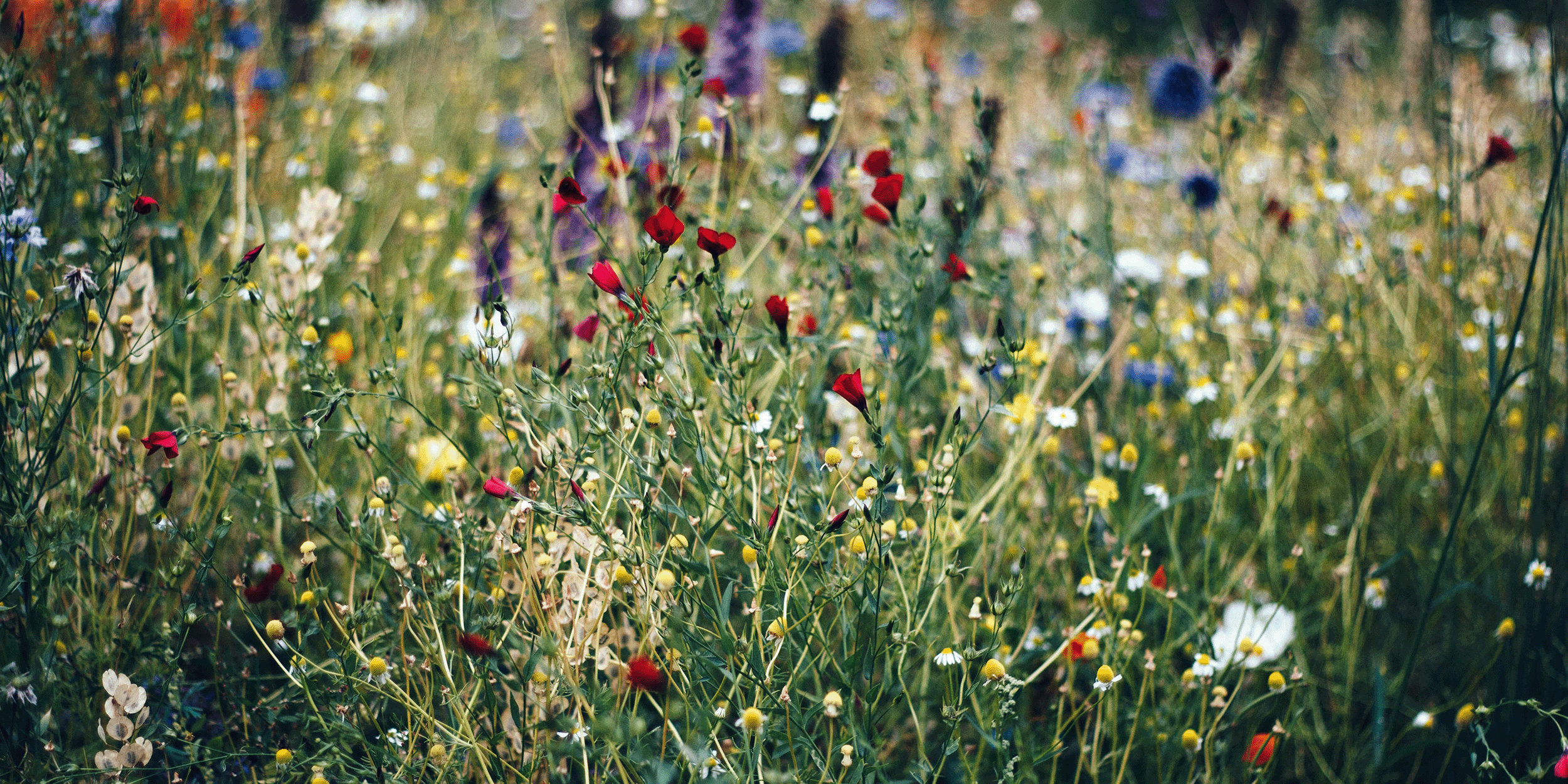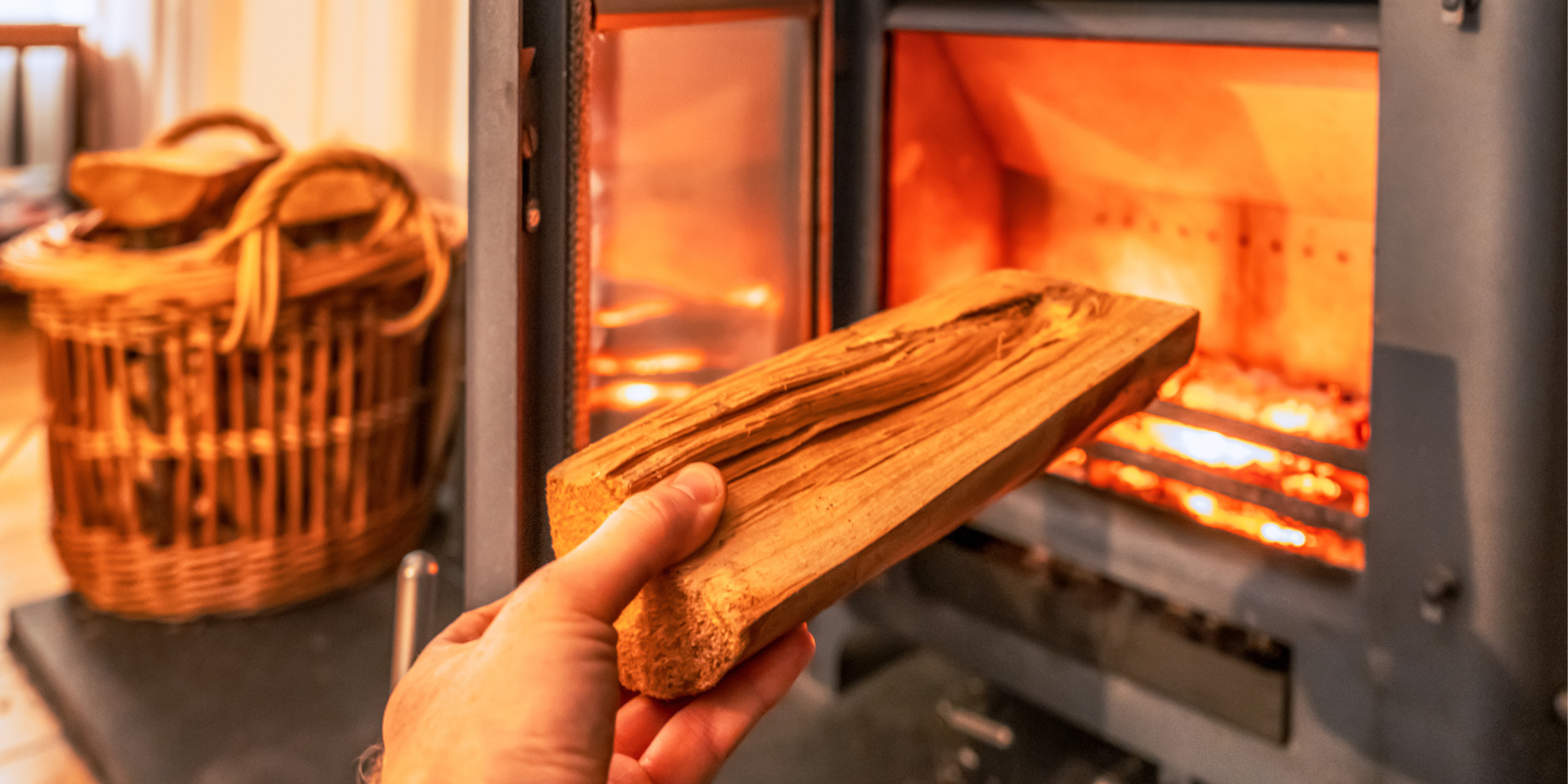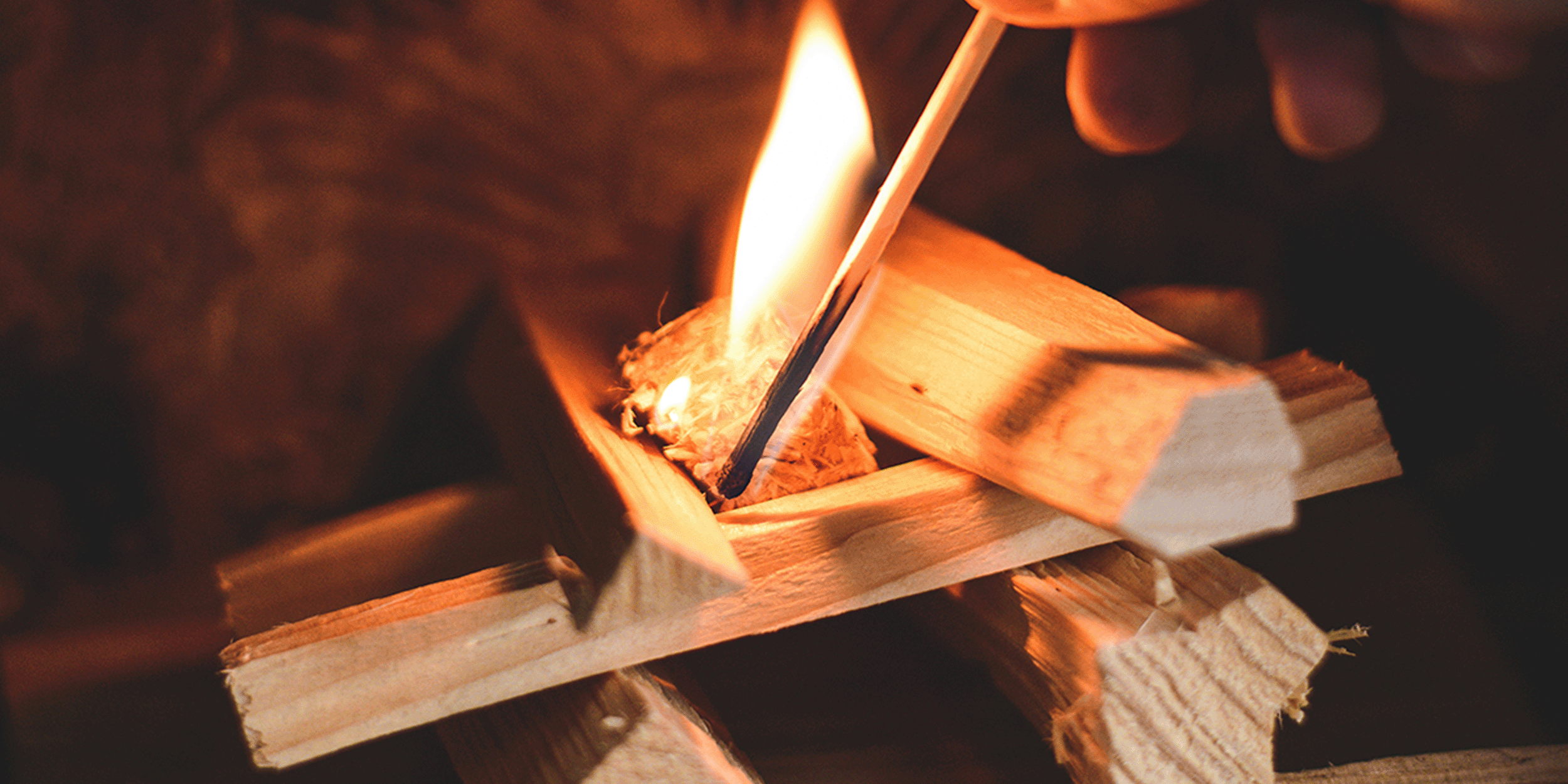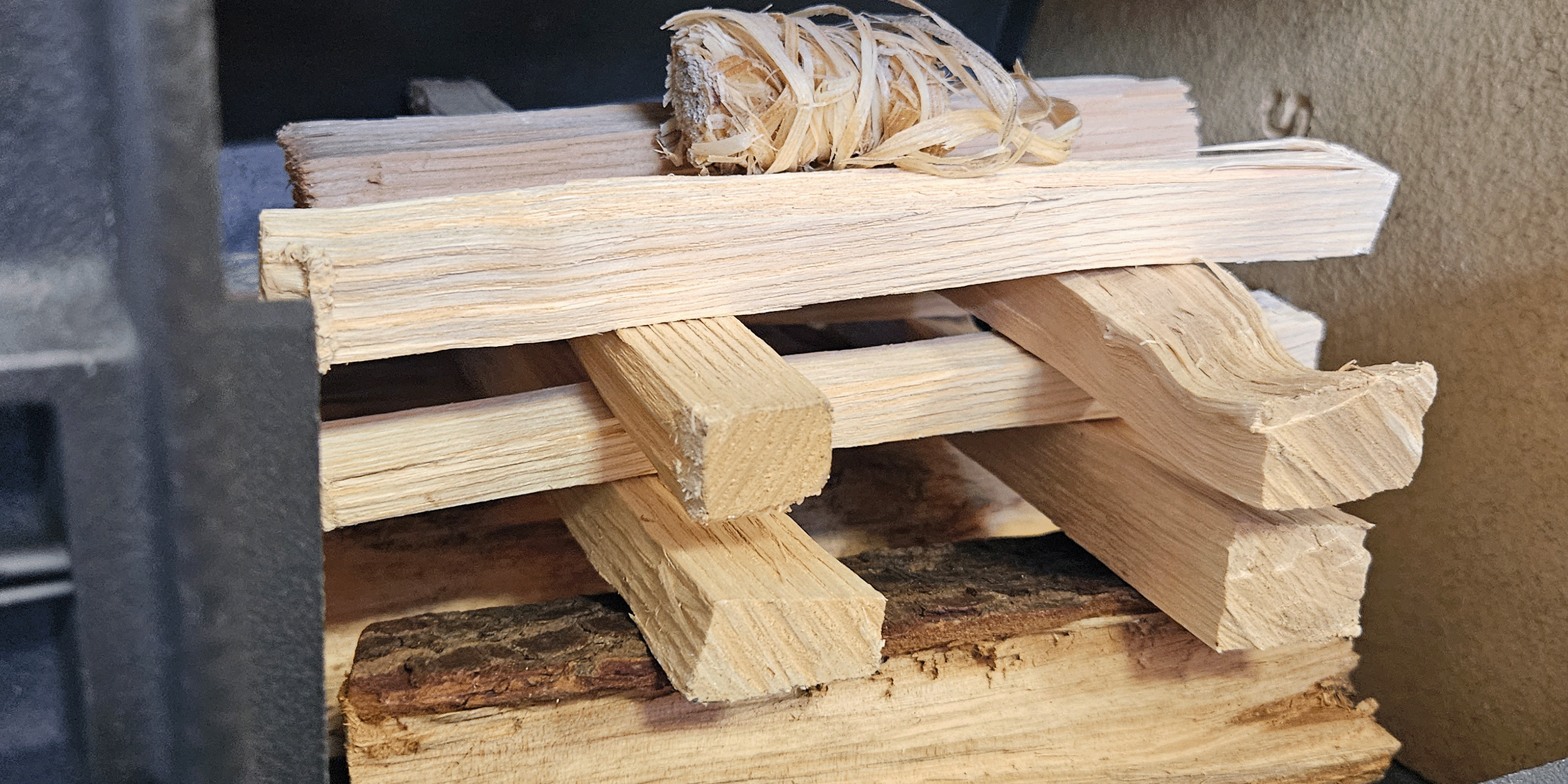Top tips for keeping your stove glass clean
There’s nothing better than enjoying the warmth of your wood burning stove and watching the flames flicker. The last thing you want is the view of those flames obstructed by dirty glass. Your stove glass could be turning black from soot due to a number of reasons. Keep reading to get to the bottom of your blackened glass and find out some top tips to keep your stove glass looking pristine.
If you ever need further guidance of have any worries about your installation, contact your local HETAS Registered Installer. They will be able to provide advice to keep your stove burning efficiently and looking brand new.
How to keep your stove glass clean
Burning quality fuels ensures you will be achieving a cleaner, more efficient burn. Burning wet wood (moisture content higher than 20%) will not only make your stove glass dirty but will also cause a less efficient burn that releases more harmful emissions, such as particulate matter.
Ensuring the firewood you burn has a moisture content of 20% or less will provide more heat to your home and keep your stove glass cleaner for longer. You can find your local certified suppliers on the Ready to Burn website.
Moisture meters can help you check any wood you have been storing over winter has not reabsorbed moisture, providing you with the assurance that your stove is burning efficiently and safely.
Following the manufacturer’s instructions is integral to get the most out of your stove. Each stove has different operating conditions, making it vital that you get to know your stove and understand how to burn optimally.
Utilising your airwash in your stove keeps the stove glass looking sparkling clean. Many modern stoves come equipped with an airwash system, wherein a cool flow of air is drawn in from the room, and then continually washed over the glass to keep it clean of any soot and residue.
Use your vents correctly to achieve the optimal burning conditions for your stove – this will make sure you are burning cleanly and efficiently. Incomplete combustion occurs when your fire has insufficient oxygen, causing sooty deposits to form on the stove glass and flue. Incomplete combustion also leads to health risks due to the increased levels of particulate matter and carbon monoxide emissions.
Providing your stove with sufficient oxygen through the correct use of your stove vents will keep your stove glass cleaner and your installation, minimising the build-up of creosote and amount of harmful emissions.
Cleaning techniques
Cleaning dirty stove glass will take elbow grease and your Approved Chimney Sweep will be able to offer further guidance.
Some cleaning tips:
-
Use cleaning pads that are specifically made for stove glass.
-
Scrunched-up newspaper is an old technique that has been used for many years.
- Dip the paper in water and cool stove ash, then scrub gently until the glass clears up. Wipe away any residue with a clean damp cloth. Be careful to not scratch your stove glass with any large remnants from the ash.
-
Ceramic cooker cleaner.
- Use the cooker cleaner with a non-scratch sponge to remove blackened soot, then wipe clean with a damp cloth.
How often does my stove glass need cleaning?
As everyone burns differently and all stoves have their differences, there is not a strict rule for how often you should clean your stove glass. It is good practice to keep on top of your stove’s maintenance – from chimney sweeping to removing stove ash – with glass cleaning not being an exception.
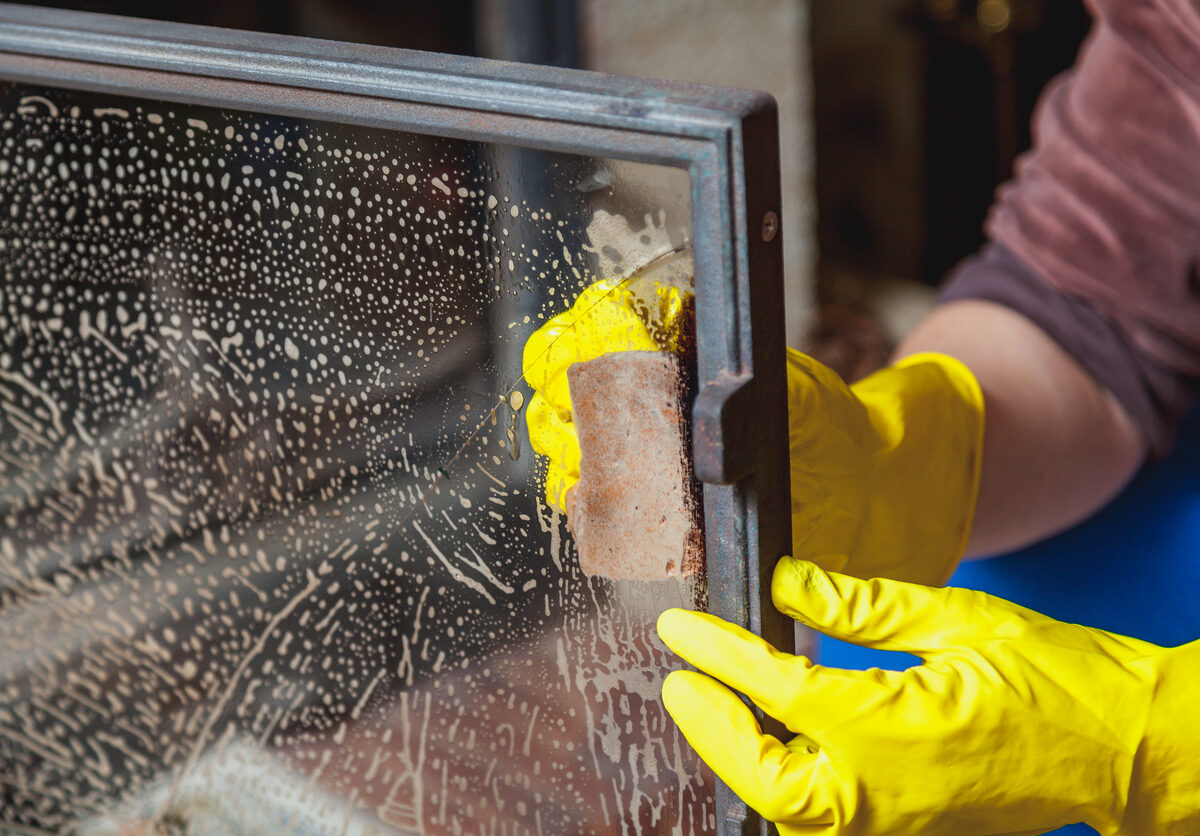
You should clean your stove glass regularly – once every month will ensure your glass is kept shimmering. If you notice your stove glass has been getting dirtier at an increased rate to usual, it may be a sign of an issue in your installation. Contact your HETAS Registered Installer to investigate if you have any doubts about your installation.
What not to do when cleaning stove glass
There are some common mistakes people make when attempting to clean their stove’s glass, some of which can result in damage to the appliance. When cleaning your stove glass:
- Don’t attempt to clean the glass immediately after a fire; make sure your glass is cool to the touch before cleaning to avoid the risk of it shattering.
- Don’t try to clean the glass with any sharp or abrasive materials – these will damage the glass, leaving scratches where you have cleaned.
- Don’t neglect cleaning your stove glass; the more residue that is built up, the harder it is to clean.
The HETAS Advice Hub has a range of tips to help you get the most from your stove.
